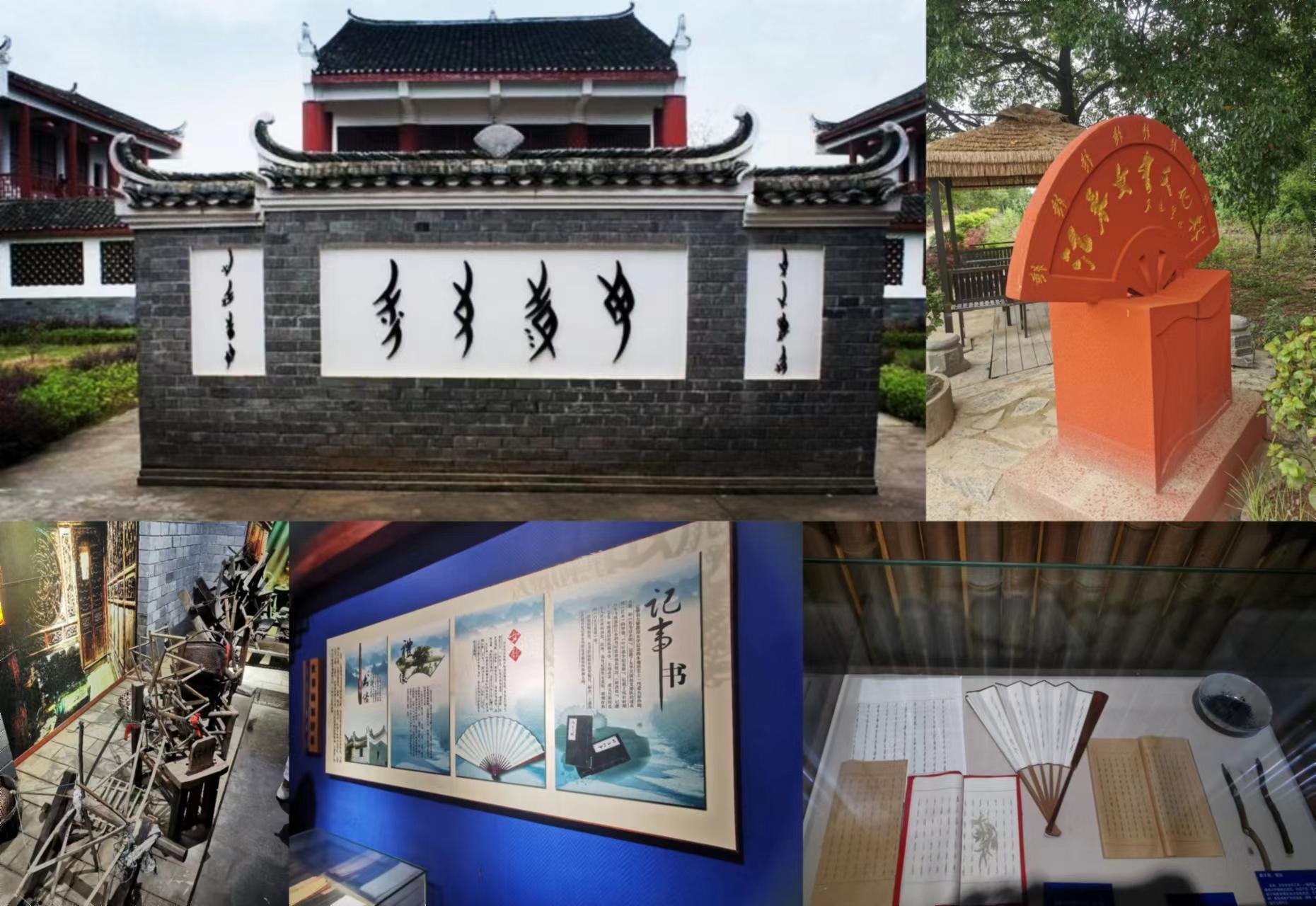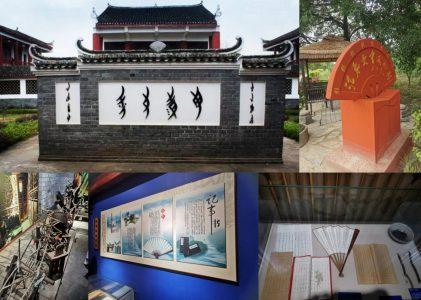分享到......
Discovering the Bond between Traditional Chinese Women and Women’s Script: The Culture of Nüshu
NOTICE: The original paper is available at Academia.edu.
Women in distinct contexts
- Confucian patriarchal politics
- Modern and contemporary China
Correction of misunderstanding
- Nüshu culture is not only composed of Nüshu: Nüge
- Nüge is even more popular than Nüshu within traditional Chinese woman community (most women are not literate but can speak the local dialect)
- Recognition but not Subversion
- Struggle for more rights
- Unfairly mistreated by men
- constant Confucian surveillance & cultural hegemony
Functionality
- Biography, majorly lamentation of miseries
- Secret letters among sworn sisters
- Sanzhaoshu (wedding missive)
- Worship verses
- Narratives and transcription of hanzi works
Comparisons
- Namelessness and fertility: Venus of Willendorf
- Inferiority and oppression: black spirituals ↔ child bride
- Constant surveillance and hegemony: Panopticon
Conclusion
- many forms (papers, books; handicrafts: handkerchiefs, towels, fans; oral performance: nüge);
- express “true selves”;
- have narratives of feminist work, but more to be recognition of patriarchy (seen from lamentation as the major function);
- inferior -> fight for equality, legal protection (nüshu practitioner didn’t attempt to challenge authority -> but inspired contemporary women to do so)
- After Liberation: crisis of demise + inspiration of gender studies and anthropologists
本文由 汤镇玮 采用 知识共享 署名-非商业性使用-相同方式共享 4.0 国际 许可协议 进行许可。This work by Zhenwei Tang is licensed under a Creative Commons Attribution-NonCommercial-ShareAlike 4.0 International License.


